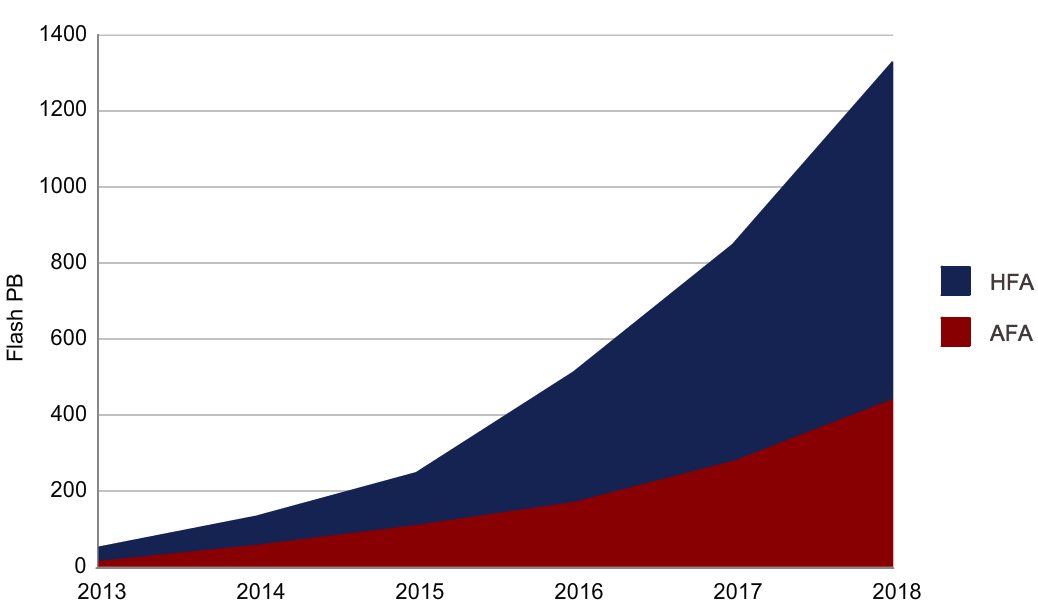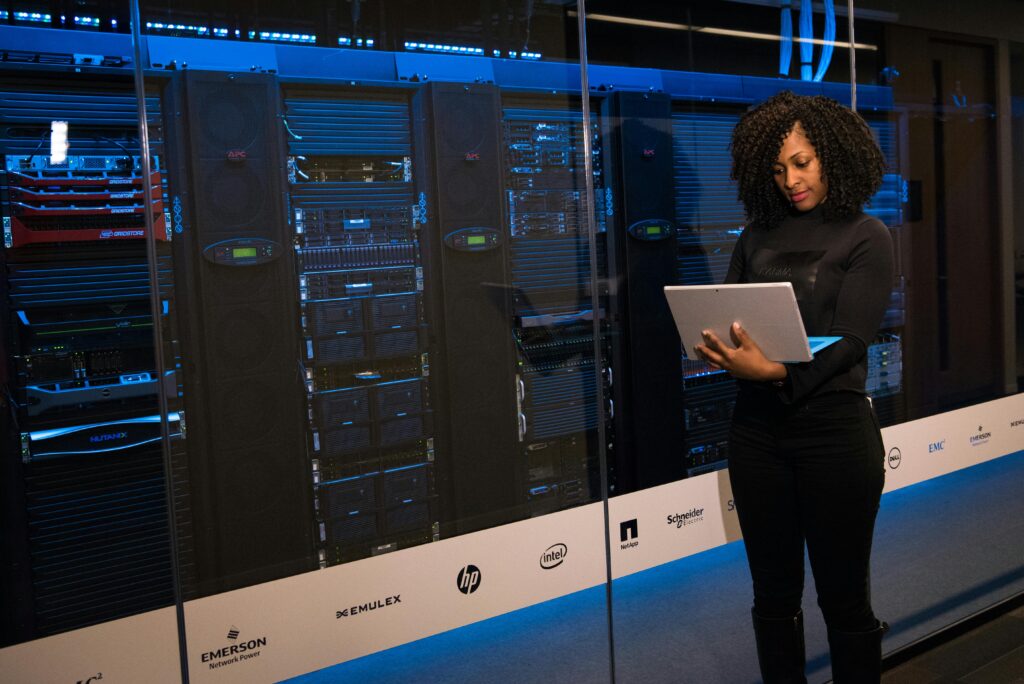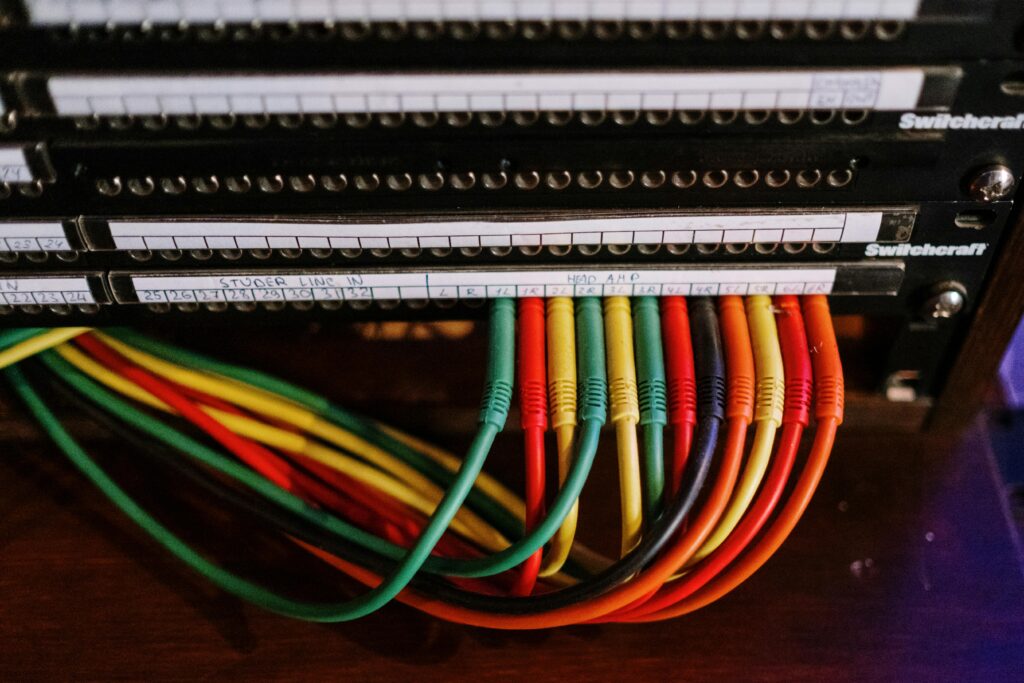All-flash arrays offer many benefits over traditional storage systems. Floor space savings, rack space savings, lower power costs, lower cooling costs, lower manpower costs, novel software capabilities, and lower software licensing costs.
While all-flash arrays were cost prohibited in the past, they have reached a price parity with disk and hybrid storage systems, and often even provide cost savings after you factor in increased efficiencies.
It can be difficult to determine the best all-flash array for your use case, so this article will look to break down the different pros and cons of various vendors in the market to help you determine the best all-flash array for you!

Top All-Flash Array Vendor Comparisons
Dell-EMC
Dell-EMC has a range of different competitive options to evaluate in your hunt for the best all flash array. Specifically, the Extremio X2 and the Isilon are very appealing for specific use cases. One of the bigger drawbacks is cost and support quality.
Dell and EMC separately were both leaders in the storage market. Combined they take up about a third of the market.
After the merger, Dell EMC offers competitive high-end options in VMAX and Xtremio X2, mid-range options in SC All-Flash and Unity All-Flash, and File/Object storage with the Isilon F800 All-flash system.
The Isilon can house a maximum of 924 TB in a single 4U chassis as likely the most powerful option for unstructured data use cases.
Dell-EMC claims you can install, configure, and get an Isilon system online in 10 minutes. As of yet, Isilon is still the leader in its particular niche, with Pure Storage’s FlashBlade potentially looking to be a close competitor in the next couple years.
Regardless, for its particular use case, the Isilon is still one of the best all-flash arrays you can buy and definitely a leader in its class.
On the other end of the spectrum, the Xtremio X2 was designed for consistent performance. Period. “The system’s performance level is not affected by its capacity utilization level, the number of volumes, or aging effects.
Moreover, performance is not based on a ‘shared cache’ architecture and therefore it is not affected by the dataset size or data access pattern.” For random I/O use cases, the Xtremio is potentially a natural choice.
However, Pure Storage has better deduplication and cheaper expansion methodology for fairly competitive performance, so you’ll likely want to evaluate both for your environment.
Dell-EMC is well known within the market to provide great support to their top customers, but poor support to their lower-end customers. This is not a unique phenomenon in the IT world, but Dell-EMC is particularly bad about this.
Consider how often you’ll need support and how large a factor it is in your search for the best all-flash array for you.
Netapp
The Solidfire(SF) and Fabric-attached storage (AFF) lines are both powerful and highly competitive. After the flashray disaster, Netapp has moved forward to again become a main contender in the increasingly flash-based storage market.
AFF is a contender in many data center use cases, as its integration with existing data center systems is fairly seamless. It also supports a wide range of protocols, and while not quite at Pure Storage level, its included data reduction systems are very competitive.
The two largest models in the AFF line, AFF8000 and the AFF700, both scale up to 88 PB of raw capacity at 12U, so quite a lot of storage condensed in one system. For enterprises with large data needs, the AFF line is appealing.
The SF series is prime for big data analytics use cases. Solidfire guarantees customized minimum, maximum, and burst input-output per second, independent of capacity like some of the other offerings.
However, SF can also adapt to multiple workloads on the fly without affecting existing apps and has convenient APIs for storage management automation.
For added reliability, there’s complete redundancy within SF systems, so failed nodes aren’t a catastrophe. Many of Netapp’s features are not unique to Netapp, but they’ve come a long way and their wide range of systems can be a good fit for many enterprises.
Pure Storage
The new kid on the block is poised to keep taking market share from other players as a serious contender for the best all-flash array provider.
Pure Storage is similar to Google in its appeal: the stuff just works, and it’s not rocket science to use. Their user interface is intuitive and they offer fantastic support, something that old giants like Dell EMC, Netapp, and (to a lesser degree) IBM have all struggled with in the past.
They provide unique options that many other companies don’t.
For one, their “evergreen” maintenance system allows you to trade in existing equipment dollar for dollar every three years (though this support option will cost you.
You can also try out a Pure Storage system for 30 days with a genuine, no questions asked, money-back guarantee.
Pure Storage claims to lead the pack on data reduction, which is a primary consideration when choosing the best all-flash array for many use cases. Deduplication, compression, and replication are standard on all systems at industry leading rates.
The average data reduction rate for pure is 5:1, and that’s only including deduplication and compression. However, data reduction rates are somewhat like miles per gallon of a car, in that the larger the workload you place on the system, the lower its rate will be.
Additionally, other data compression methods can skew these figures, so be wary when using data reduction rates as a major consideration when choosing a system.
Either way, Pure Storage is a leader in minimizing the space and max capacity used for your needs.
Deploying and scaling are both extremely easy with Pure Storage. For their newer offering, the FlashBlade, all of the blades are packed into a single 4U appliance that doesn’t require any tuning or configuration.
To scale out, you simply add new blades; these also theoretically don’t require configuration. So while on paper, their maximum raw capacity for one system doesn’t necessarily match up to some of the other solutions, the incredible space efficiency allows for larger capacity in less space.
Pure Storage is definitely in the running for the best all-flash array provider going into 2018. Gartner ranked Pure Storage as the best AFA vendor in their magic quadrant report for 2017.
HPE
HPE is now a larger contender in the AFA market with the acquisition of Nimble. Some of their main selling points are: lower opex through very competitive power consumption; deep discounts over other vendors; easy integration with other HPE systems.
Its 3 extraneous solutions, 3Par, MSA, and Nimble are still separate architectures. 3Par is very flexible and provides great performance, MSA is the budget option, while Nimble is very easy to implement like Purestorage.
3Par is best suited for larger companies that aren’t concerned with immediate support and shipments. Nimble is known for affordability, great support, and great cloud analytics.
Both architectures are capable of leveraging NVMe PCIe as well.
The HPE 3Par StoreServ is a good product, there isn’t much of a debate there. Its performance is respectable, setup is fairly easy, and most of the reviews are pretty good. However, it’s expensive.
Thankfully it’s possible to mitigate the costs somewhat. Typically HPE sales will bite if you try and pit them against other competitors in a bidding war.
Additionally, they offer a new solution that will replace your unit after however many years with a new product, and you’re only charged for what you use. As you can tell from our post on HPE vs Dell servers we generally think Dell has on overall advantage, but it is probably worth considering HPE for servers as well, especially if you can get some sort of package deal.
The licensing model is fairly good these days, as they reportedly now throw in most of the add-ons in the base license.
Additionally, the StoreServ Management Console provides a fairly well put together interface for on-demand reporting for admins.
IBM
IBM’s All-flash arrays are easy to set up, and their wide range of products can provide solutions for a wide range of use cases.
On the higher end, their top model FlashSystem V9000 claims a highly competitive 5:1 data reduction rate “with a validated workload.”
The other Flash systems and the Storwize V7000 provide a solid mid-range of products to compete with the likes of the Dell EMC Unity, and they also provide a few solid entry-level products like the Storwize V5030F and Storwize V7000F.
Their management software is extremely simple to use, and they offer hybrid cloud support as well. Another cool feature is their use of IBM’s flash module tech for flash drive performance optimization.
Tintri
Tintri’s all-flash arrays are specifically designed and optimized for heavily virtualized environments. For data centers relying on heavy virtualization their solutions may provide valuable benefits over some of the other solutions.
Migration to and management of Hyper-V, VMWare, OpenStack, etc are all simplified with Tintri.
Scaling out can get fairly expensive with Tintri, and other providers are offering better virtualization integration as time goes on, which may lessen Tintri’s viability for your environment.
However, most of Tintri’s customers give rave reviews, implementation is simple, the cost is reasonable, and Tintri’s support is top-notch. For some consumers, even going into 2018 Tintri is still a contender for the best all-flash array in some use cases.
Things to Keep In Mind When Choosing the Best All-Flash Array For You
Don’t go to the used car salesmen before knowing your needs, or you’ll walk out with a car that’s not right for you. Likewise, don’t go into sales calls with these AFA vendors blind. Know what you need and what your priorities are before talking to them. Out of the following factors, which are the most important?
- Workload requirements
- Management interface software
- Latency requirements
- IOPS needs
- Ease of Use
- Ease of Implementation
- Raw capacity provisions
- Data Reduction potential
What to do with your old storage systems?
One Pure Storage Flash Blade 4U chassis can replace racks full of emc systems.
What do you do with all of the leftover hardware after you’ve found the best all-flash array for you and replaced your old systems?
Sell SAN systems from all different brands to us.
exIT Technologies is an industry leader in value recovery for used IT equipment of all types. We provide data center liquidation and data center decommissioning services for IT asset disposition on a large scale.
Simply scroll to the bottom of the page and let us know what equipment you’ve got. We’ll ask a few follow-up questions and then make an offer.





